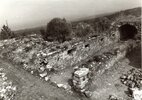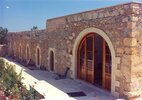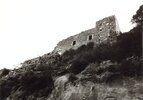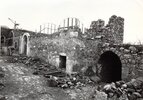Holy Monastery of Aghia Irini, Rethymnon
The Holy Monastery of Aghia Irini is believed to be one of the oldest monasteries in Crete. The first building of the monastery, the church, was built in a stone quarry 4 km . south of Rethymnon around 1500, although there is archaeological evidence that there was monastic ...
Read more
Project details
Description:
The Holy Monastery of Aghia Irini is believed to be one of the oldest monasteries in Crete. The first building of the monastery, the church, was built in a stone quarry 4 km . south of Rethymnon around 1500, although there is archaeological evidence that there was monastic activity before that period. The church, dedicated to Ayia Irini, was enlarged at various stages to accommodate a growing number of Brethren and local inhabitants. In 1700 the Monastery was finished and became an ecclesiastic college. There were 11 living cells, each shared by up to three monks, a residence for the Abbott, a hospice for visitors, olive presses and stores and later a refectory was added. About 1860 the Monastery was destroyed either by an earthquake or a fire. It remained uninhabitated until 1989, when three nuns from the Holy Monastery of Kalivlani asked the Bishop of Rethymnon and the Byzantine Architectural Committee for permission to reconstruct the Monastery and to continue its tradition as a convent refuge and an ecclestiastic centre for Rethymnon. They started a dedicated battle to realize their ambitious plans, requesting funding from the European Union, the Bishop of Rethymnon and the Regional Governor of Crete and raising additional funds by embroidering traditional Cretan handmade cloths. The renovation included the reconstruction of 10 living cells , the dining hall, workshops for embroidery and icon painting, guest rooms, offices, an exhibition area, the olive oil press, partly restored as a church and the recreation of the original court yards and gardens. Today seven nuns are living in the monastery .
Similar projects
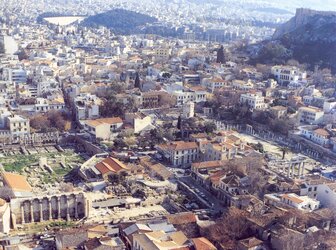
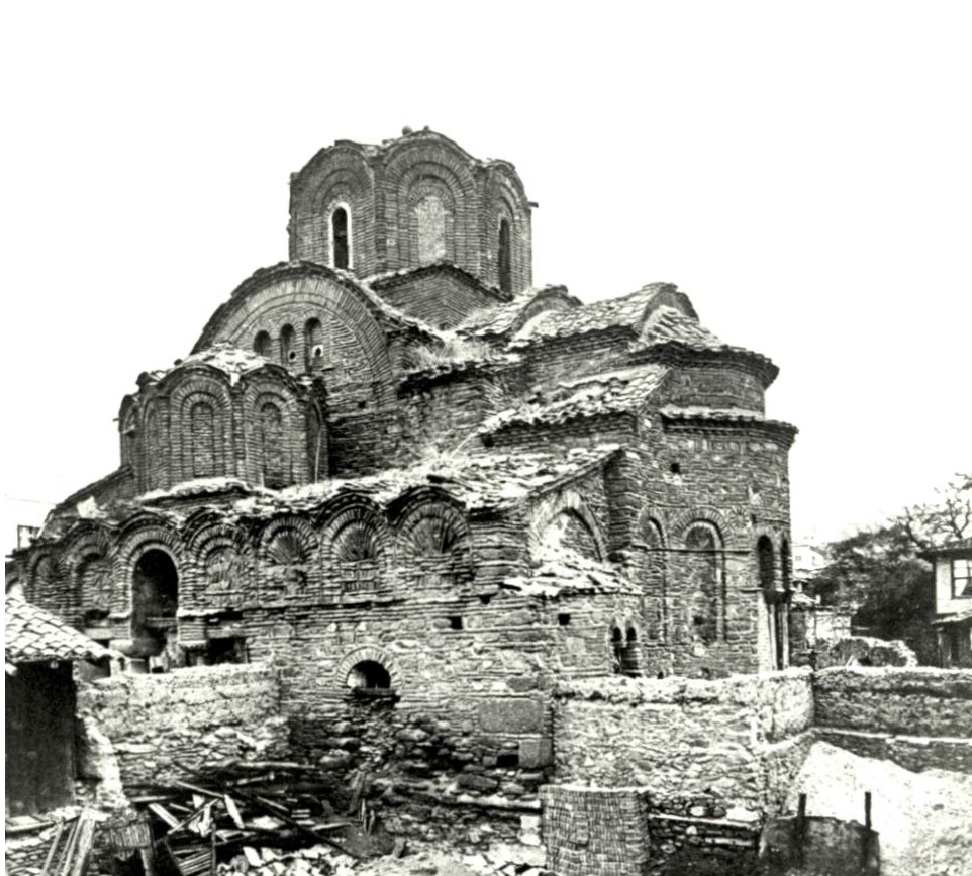
16th century
437 BC
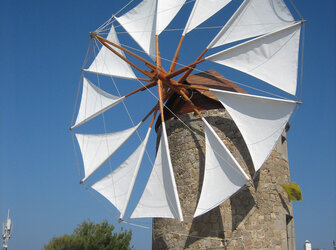
1588 - 1863
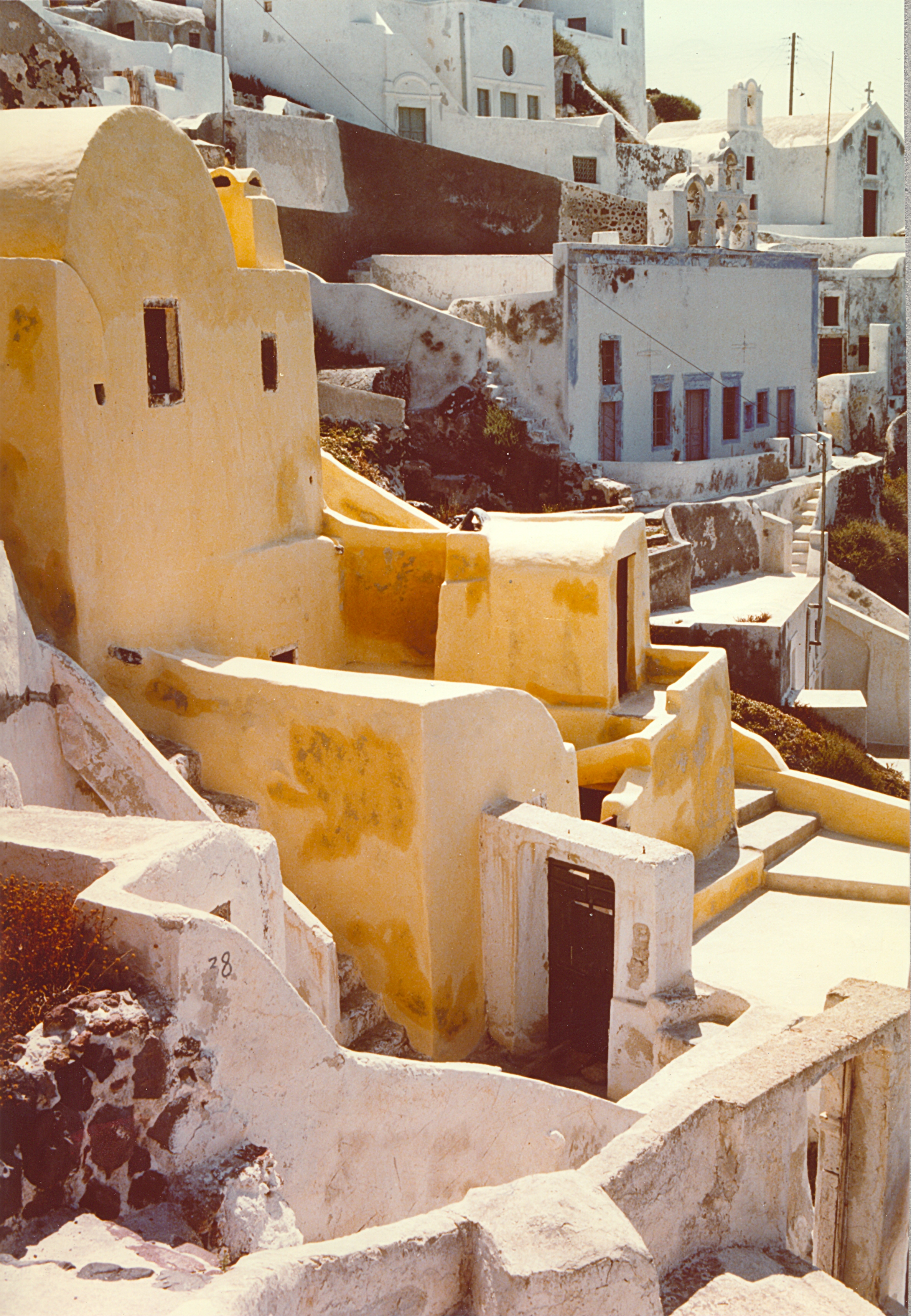
15th-16th century

Middle Ages
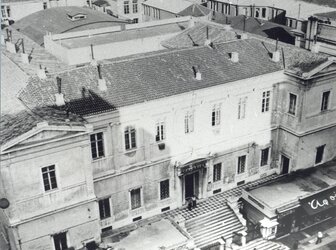
19th-20th century
20th century
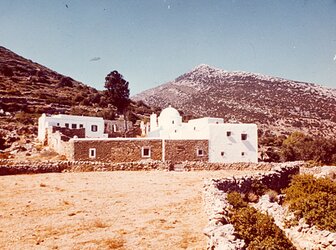
18th century

early 17th century

19th century

